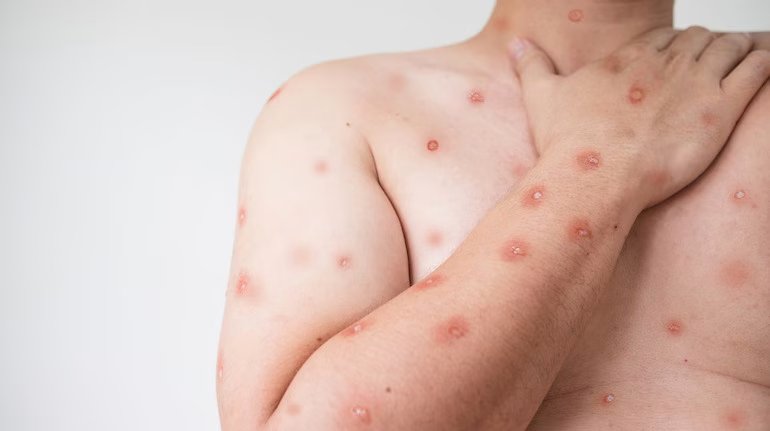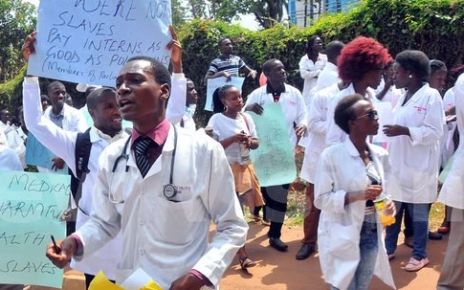Mpox (monkeypox) is an infectious disease caused by the monkeypox virus. It was discovered in 1958 but has reemerged in recent years causing a global threat since it’s highly contagious. Mpox continues to be a threat today, and an upsurge of cases in the Democratic Republic of the Congo (DRC) and other tropical countries.
Over 120 countries have reported Mpox between Jan 2022 and Aug 2024, with over 100,000 lab-confirmed cases reported and over 220 deaths among confirmed cases.
It manifests as a painful rash, enlarged lymph nodes, and fever. Most people fully recover, but some get very sick to the point of admission and rarely die.
Mode Of Infection
- persons, through touch, kissing, or sex
- animals, when hunting, skinning, or cooking them
- materials, such as contaminated sheets, clothes, or needles
- pregnant persons, who may pass the virus on to their unborn baby.
Signs and Symptoms
Mpox causes signs and symptoms which usually begin within a week but can start 1–21 days after exposure. This is called the incubation period.
Symptoms typically last 2-4 weeks but may last longer in someone with a weakened immune system.
Common symptoms of m pox are:
- rash
- fever
- sore throat
- headache
- muscle aches
- back pain
- low energy
- swollen lymph nodes.
The m pox rash often begins on the face and spreads over the body, extending to the palms of the hands and soles of the feet. It can also start on other parts of the body where contact is made, such as the genitals.
It starts as a flat sore, which develops into a blister filled with liquid that may be itchy or painful. As the rash heals, the lesions dry up, crust over, and fall off.
They appear anywhere on the body including:
- palms of hands and soles of feet
- face, mouth, and throat
- groin and genital areas
- anus.
Groups that may be at high risk of m pox include:
- health and care workers at risk of exposure;
- people in the same household or close community as someone who has m pox, including children;
- people who have multiple sex partners, including men who have sex with men; and
- sex workers of any gender and their clients.
Self-care and Prevention
- contact your health care provider for advice;
- stay at home and in your own, well-ventilated room if possible;
- wash hands often with soap and water or hand sanitizer, especially before or after touching sores;
- wear a mask and cover lesions when around other people until your rash heals;
- keep skin dry and uncovered (unless in a room with someone else);
- avoid touching items in shared spaces and disinfect shared spaces frequently;
- use saltwater rinses for sores in the mouth;
- take warm baths with baking soda or Epsom salts for body sores; and
- take over-the-counter medications for pain like paracetamol (acetaminophen) or ibuprofen.
WHO Response
WHO is working closely with member states and partners to prevent and respond to outbreaks of mpox.
This includes: coordinating research on vaccines and treatments, strengthening country health systems, and working to facilitate equitable access to vaccines, therapeutics, diagnostics, and other tools.
WHO Director-General Dr Tedros Adhanom Ghebreyesus has declared mpox a public health emergency of international concern (PHEIC) twice, the first time in May 2022 and the second time in August 2024.



